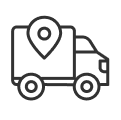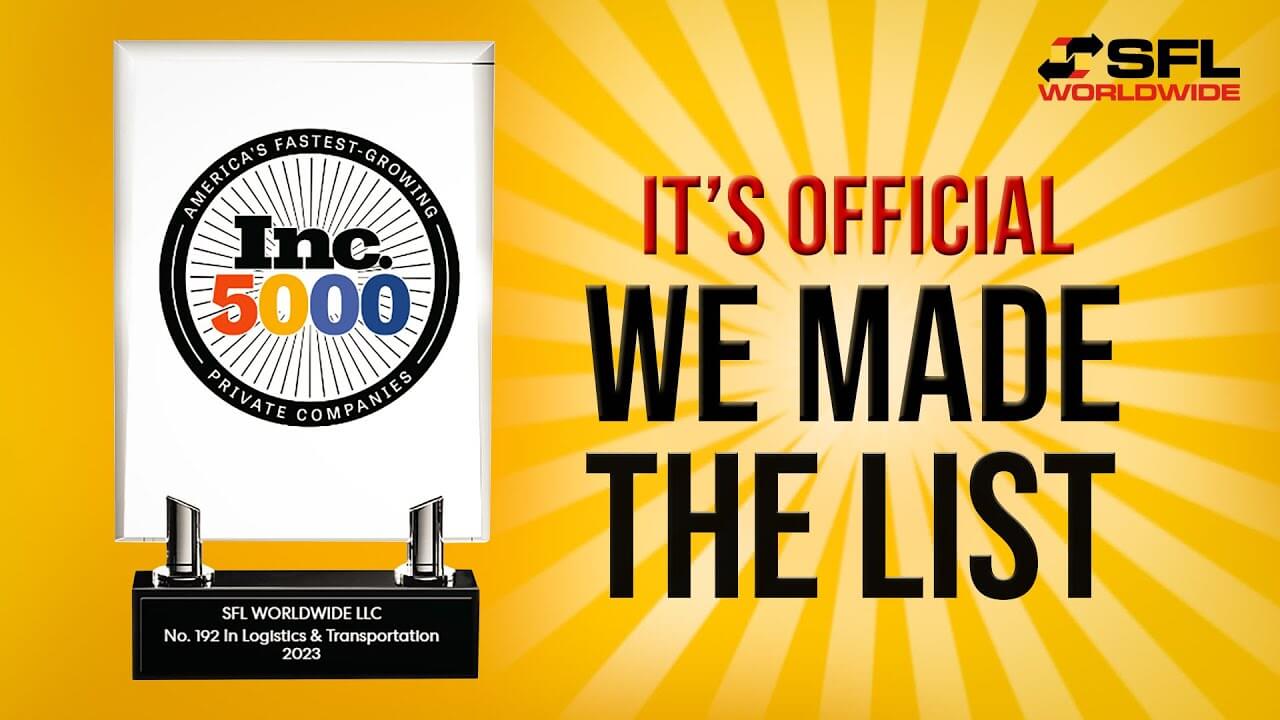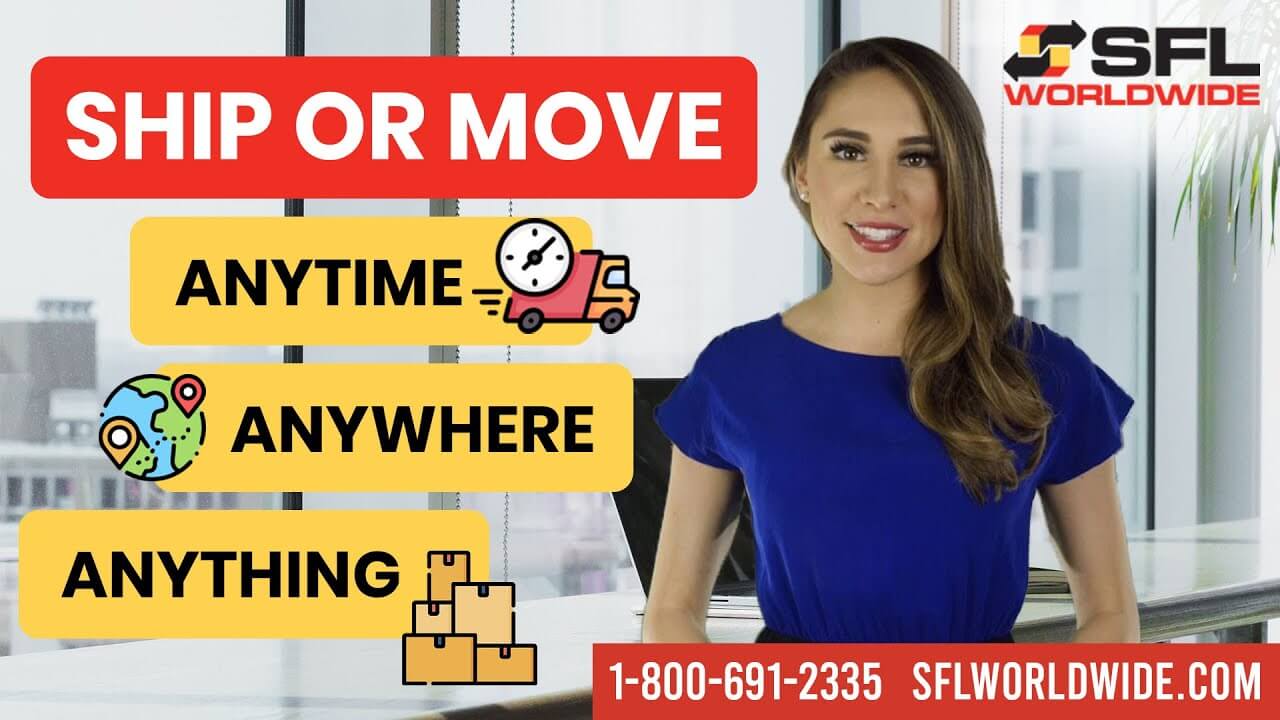
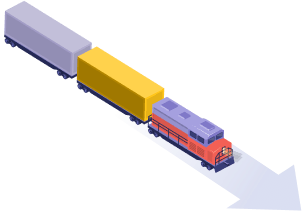


International Shipping & Moving Company
From documents to households, boxes to truck loads, by road, sea, or air, we are your trusted logistics partner.
What We Offer
Expand your boundaries with SFL Worldwide’s seamless solutions for international and domestic freight.
Relocation & Auto Transport
Relocation & Auto Transport
From moving your favorite piano to delivering your boat, we ship them all. Work with the best-in-class relocation experts and auto transporters.
Document and Parcel Shipping
Our prices are unmatched! Save up to 70% off on your next shipment with any leading carrier, such as FedEx, DHL, UPS and USPS.
Document and Parcel Shipping
Volume and Business Shipping
Do you ship packages regularly? Connect with us to get exclusive discounts and create business accounts that handle any amount of volume for your business.
Volume and Business Shipping

Enterprise Logistics Solution
Propel forward in the world of logistics with end-to-end visibility and a range of services that handle import and export traffic with FMC, NVOCC, and DOT licenses.
Enterprise Logistics Solution

GLOBAL SHOPPER
Get your dedicated US mailing address and start shopping at any online store! We consolidate and hold packages/mail until you drop after you shop!










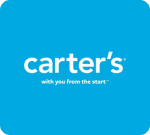





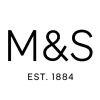

About SFL Worldwide

Years of experience in Relocation Service

Network of Trusted & Reliable Logistics Partners

A+
Network of Trusted & Reliable Logistics Partners
About SFL Worldwide
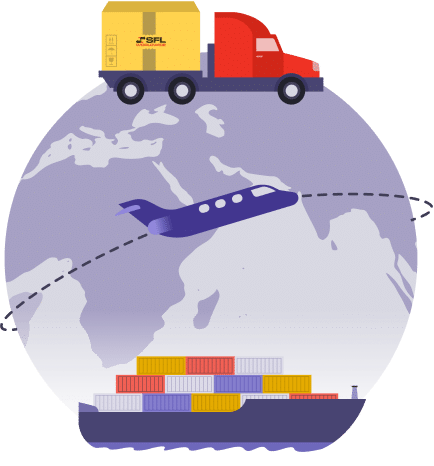

24/7
Real-time Tracking Available 24/7

Guided International and Domestic Relocations

4.7/5
Top-rated by 1000+ people on trusted review platforms.
SFL's Journey: Local Shipper to Inc 5000 Star
Discover the amazing story of our journey. We began as a small Shipper and worked hard to become a respected company listed in the Inc. 5000.
Our growth shows how we could change, stay focused, and do great work in global shipping. We started small but became a big success, showing how we grew and stayed strong.
See our Trusted Reviews
Your trusted logistics partner for hassle-free door-to-door shipping and moving services.



